Minding the Gaps: Neuroethics, AI, and Depression
NonProfit Quarterly
MARCH 24, 2025
4 In practice, thats proven difficulta systematic review of American healthcare data done in 2011 revealed high rates of re-identification, raising ethical concerns. 9 In addition, those who are diagnosed often experience more severe and disabling symptoms than those experienced by other races and ethnicities. 10 Only 35.1



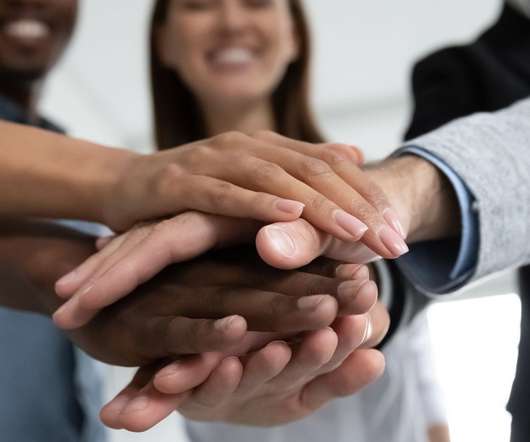

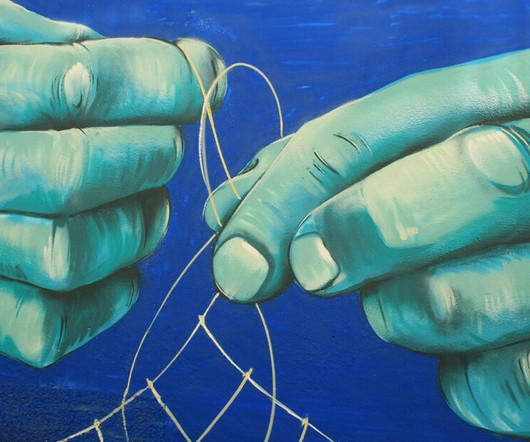
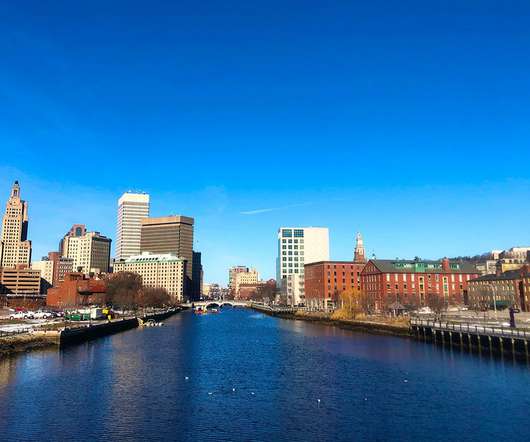
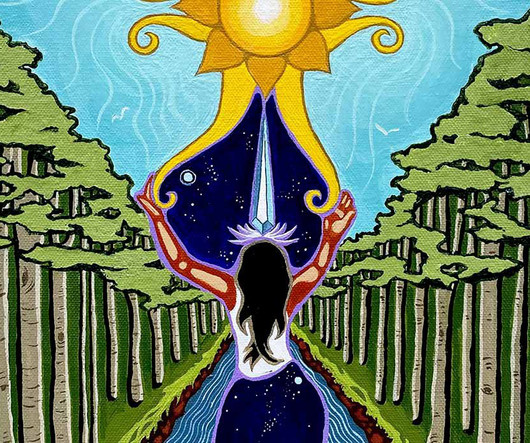

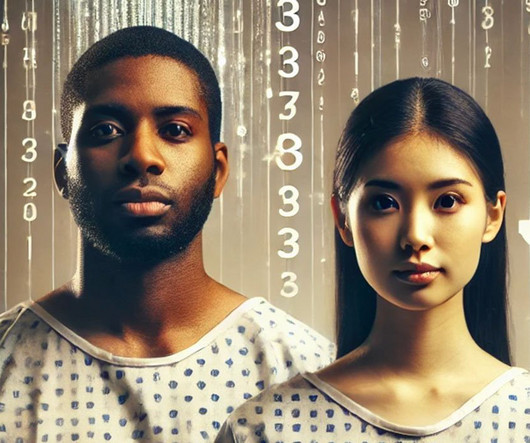






Let's personalize your content